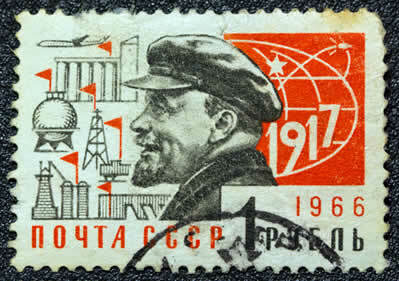It is known that the expansion process of Christianity began in the first century, having two fundamental nuclei: the Judeo-Christian, practically circumscribed to the Middle East, and the Pauline and Petrine (referring to the apostles Paul and Peter), of a more universalist nature, which went beyond the Middle East and Anatolia (present-day Turkey), encompassing the entire Hellenistic world and, above all, the heart of the Roman Empire. The apostolic letters (from Peter, Paul, James, Jude and John), the Canonical Gospels and the so-called Acts of the Apostles are the main documents of this period, called by some authors as Wasapostolic.
In the context that befell this era, from the second century onwards, the Early Christian Church had to deal with the first divergences within the canonical interpretations. These divergences, or dissidences, started to receive the name of heresies (a term that comes from the Greek and means “choice” or “deliberate option”). One of the most famous heresies was that of Marcion of Sinope, which became known as marcionism or heresymarcionite.
marcion (85 to 150 d. C.), as well as the vast majority of Christians at that time, received enormous influence from the cultures that the ranged from Judaism to Greek philosophy (and Hellenism), passing through other cultural systems, such as the Persian. This last civilization, through the Zoroastrianism (religious sect founded by the prophet Zoroaster, or Zarathustra), also offered to Christianity elements for theological understanding, which took place in contrast, given that, in the system of Zarathustra, there were two gods, one good and the other bad.
Of the four canonical gospels, the only one that is not synoptic, that is, that does not offer a synopsis (a compressed and chronological trajectory) of the life of Christ, is the gospel of John. The Evangelist John, according to some scholars, such as Eric Voegelin, had a great influence on Persian religious thought. and, in one way or another, ended up offering foundations for heretical doctrines, such as that of Marcion and others Gnostics. In Voegelin's words:
[…] the Gospel of John, although later than that of Luke and Matthew, does nothing about the birth and youth of Jesus, but organizes the apparition of Chrysus in a cosmic drama. In clearly Persian symbolism, the Logos was with God and was himself divine; the Logos is the principle of life and the light of man. 'Light shines in darkness but darkness has not seized it.' The world is a struggle between the substances of Dark Light.[1]
Do not stop now... There's more after the advertising ;)
The two gods of Zoroastrianism, Ormuzd and Ahriman, are in dispute, as beings of Light and Dark, respectively, that is, as a god of goodness and truth and another of evil and falsehood. In John's understanding, despite being strictly Christological and not heretical at all, there is much of the nomenclature of Zoroastrianism. Christ is the incarnation of Light, but he is not the ultimate conqueror of Darkness. Furthermore, the term satan, or satan, is of Persian origin and means the “accuser”, which can be identified with Ahriman, the “prince of this world”. The divine Logos, according to John, would also send, after the Resurrection, the last manifestation of the Light, the so-called Paraclete, the Advocate or Helper.
This entire complex theological system set up by John decisively influenced the first generations of Church fathers, but also heretics such as Marcion. Marcion, influenced by John and the Persian tradition, ended up developing the thesis that the God of the Old Testament could not be the even if Christ could not be associated in any way with the person of this, since this was the God of Good, while that of the Bad.
This Marcionite perspective resulted in the complete and utter denial of the Old Testament. Marcion elaborated his own canon without connection to the Jewish Scriptures. In this regard, Vogelin points out:
As for the scriptures, Marcion rejected the Old Testament entirely and created a Canon of scriptures, which consists of a new Gospel, which he himself composed, purging Luke's Gospel of its Jewish elements and the ten epistles of Paul. The Marcionite canon became the model for building the canon of the Great Church: the Gospel and the epistles of Paul replaced the law of the prophets. [2]
Marcion's system brought in a large following, but it ended up, in time, being opposed by future doctors of the Church, who pointed out the connection between the Old and New Testaments.
GRADES
[1] VOEGELIN, Eric. History of Political Ideas (vol. I): Hellenism, Rome and Early Christianity. São Paulo: É Realizações, 2012. P. 237.
[2] Idem. P. 239.
By Me. Cláudio Fernandes

